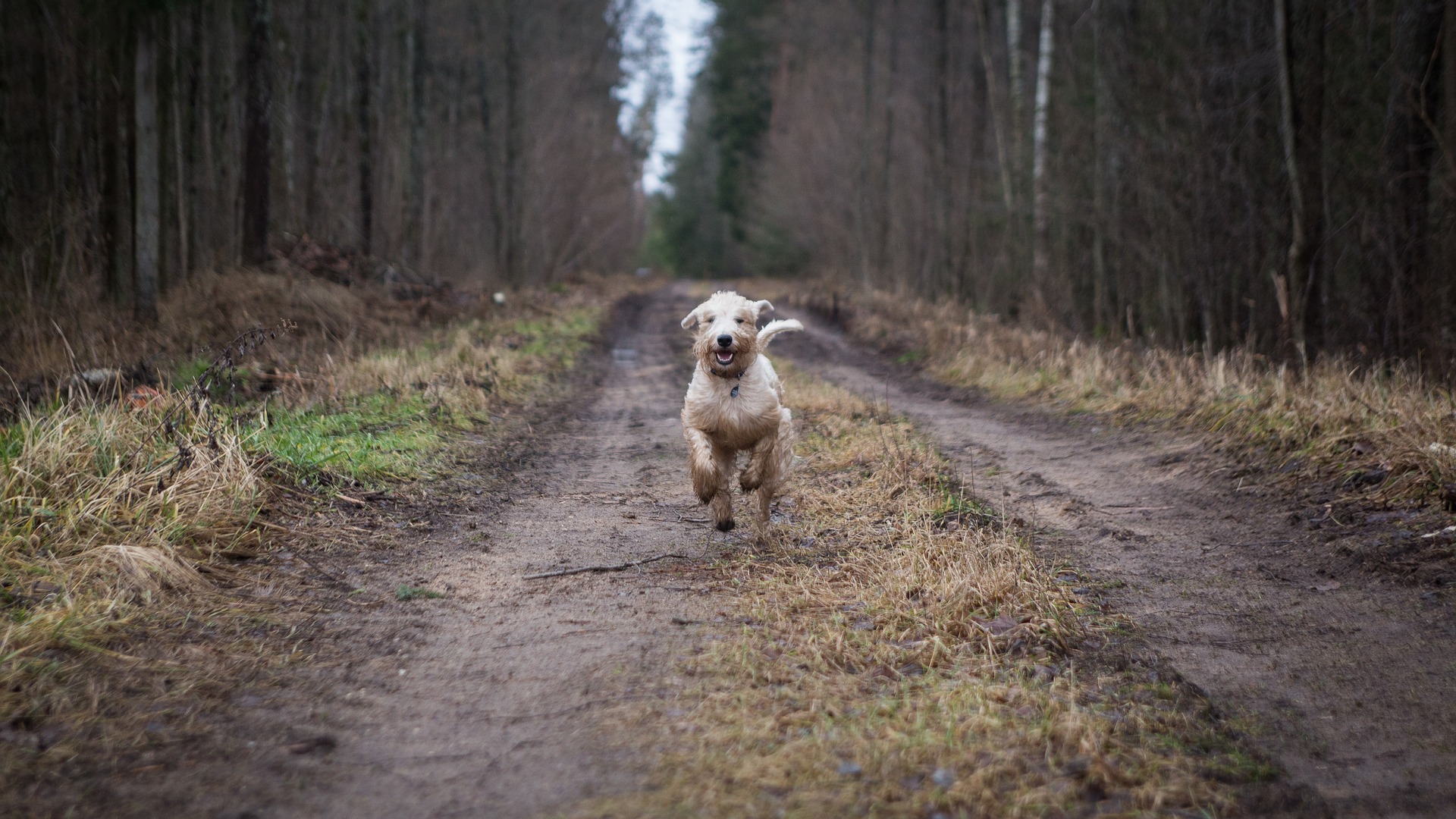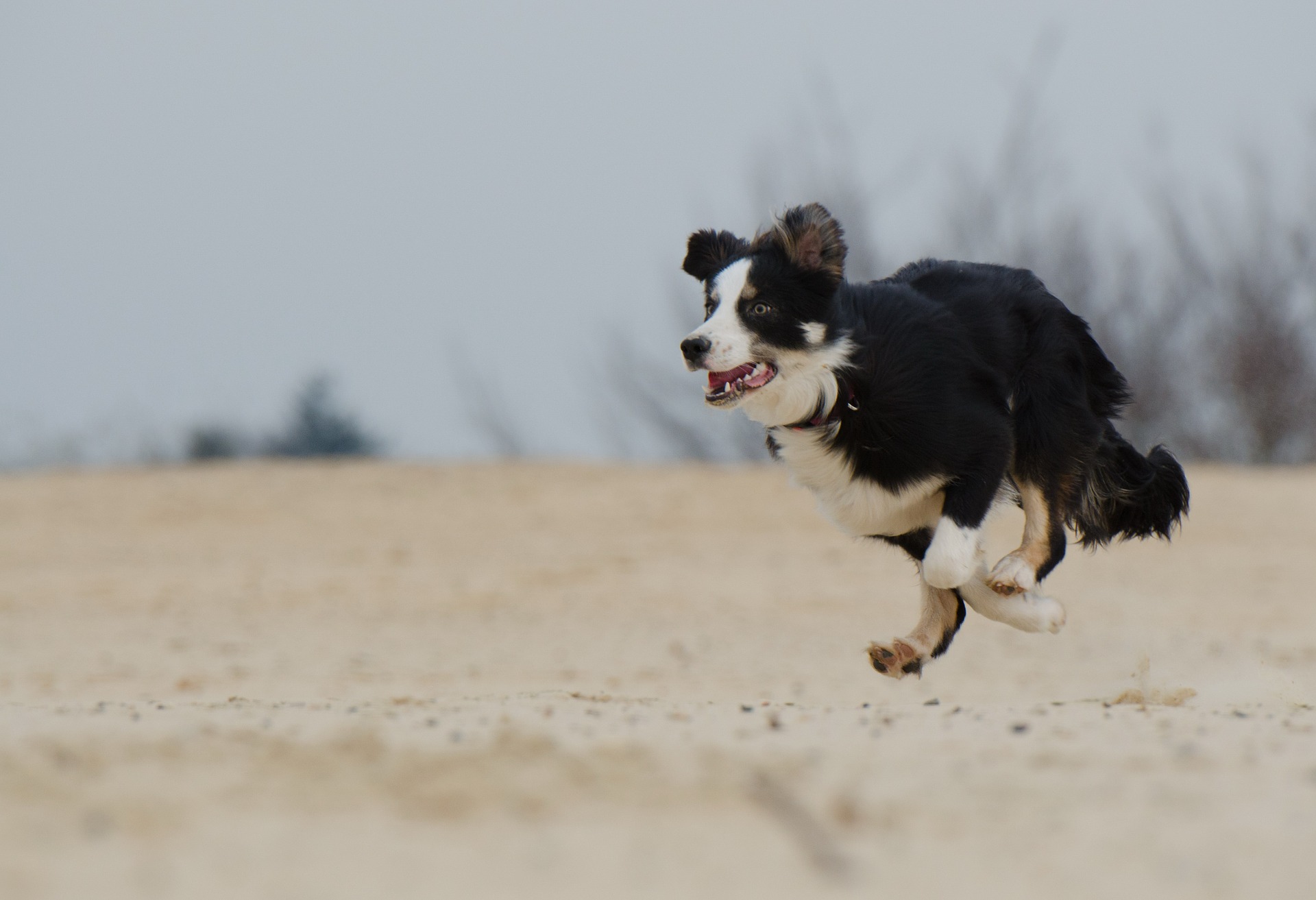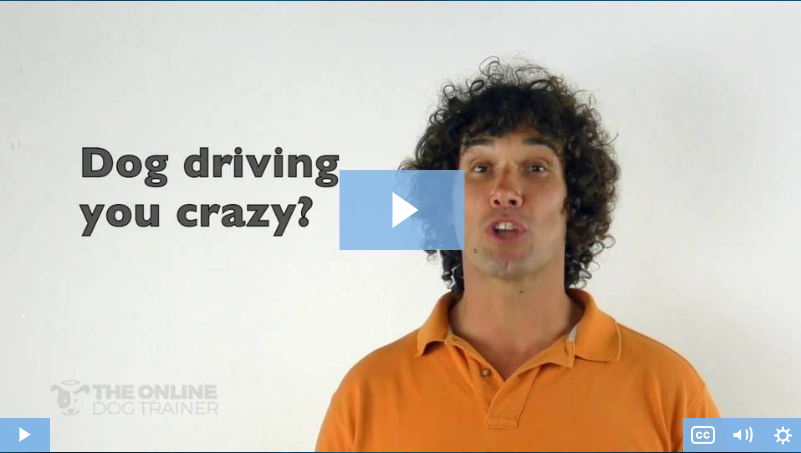Once you’ve mastered basic training, learning how to train a puppy to come should be way up there on your to-do list of puppy training tasks.
You see, being able to gain your puppy’s attention by vocal command alone will prove a great help in keeping them safe.
Even better, ingraining such obedience at an early age will assist with general socialization while laying a solid foundation for more advanced instruction further down the line.
That being said, puppy’s are still developing and can be frustrating to train during the early stages.
So in this article, we’ll explore the reasons why recall training is so important and explain some of the tried and tested methods that actually work.
Related Video: 5 Step-By-Step Exercises To Quickly & Easily Recall Train Any Puppy
(video will open in new window)
Why You Should Recall Train Your Puppy
The main reason why recall training is so important is that it will help keep your puppy safe.
And while nobody would recommend walking a puppy off the leash, having them learn this simple act of obedience can be essential for when they hit adolescence.
You need to remember that puppies enjoy being able to run around freely.
However, the problem occurs when they become a little overexcited.
Sprinting away into the horizon unwittingly towards all sorts of potential danger.
These may include…
- Road traffic.
- Getting lost.
- Encountering larger and more aggressive dogs.
- Scaring people.
Those four examples are just the most basic threats to your puppy’s safety if they are allowed to run without observing or being trained to come when called.
Just take a look around your own walking routes to assess the potential dangers that may present themselves, and remember that it’s the ones you miss or forget that are most likely to cause harm.
While it is good for puppies to be allowed some time off the leash, keeping them within a dozen or so yards is a sensible rule of thumb – and obviously, that is only going to happen if they are trained for recall.
Recall training also offers many supplementary advantages for all other aspects of training your pet.
For starters, it will ingrain a sense of obedience that is best fostered at an early age.
Some argue that there is no point in training a puppy before six months because they forget too easily.
I’d argue that at six months, puppies left to their own devices will have picked up so many bad habits that you’ll have to spend months training out the bad before even being able to start training proactively.
Puppies are smarter than they’d have you believe, and incorporating recall training into playtime is easy, fun, and in most cases extremely effective.
Related: 5 Step-By-Step Exercises To Quickly & Easily Recall Train Any Puppy

The Potential Dangers Of Not Recall Training Your Puppy
We’ve already touched upon the nightmare examples of what can happen if you let your puppy loose without adequate (or any) recall training.
However, it is worth going a little further in depth here.
You see, many owners tend to forget how the world appears from their pup’s perspective.
To put it simply, everything is fascinating!
There is so much to explore that the desire to delve deeper into those bushes, take a look around that corner or over the hill is going to simply be too much for them to contain.
Even if they are familiar with their walking route, never assume that they remember/understand their ‘territory’ and if they get lost will magically find their way home.
Sadly, it just doesn’t tend to work that way.
Also, sensible owners will understand that even familiar routes tend to pop up with the odd surprise here and there.
For example, you allow your spaniel puppy to run around the corner on a usually empty pathway.
But this time there just happens to be an aggressive greyhound approaching at the same time who are predisposed to hunt anything small and fluffy.
Abstract as it may sound – it does happen!
This is why recall training ought to be considered as more important than “stop” or “stay”.
Having your pup understand this helps to establish your place as the pack leader.
And thanks to rewards and treats, your pup will gladly fall into line after a little consistent training.
Failing to perform this adequately can lead to a much higher incidence of antisocial behavior down the line.
Recall training demand one thing…
…Obedience
And once this is established, you’ll find it far easier to correct issues such as inappropriate barking/jumping, destructiveness, anti-social engagement with other dogs and much more.
Related: 5 Step-By-Step Exercises To Quickly & Easily Recall Train Any Puppy

How To Train A Puppy To Come
Something you’ll notice when you bring your puppy home is that they will instinctively follow you around.
Bear in mind that in most cases this is the first time they have been separated from their litter, encountered a totally new environment, and most interestingly of all met you and your family.
They will need to explore and establish boundaries, but to start with they’ll look to you primarily for security and as a source of food.
For this reason, it is time to start performing the groundwork for recall training right away.
The ultimate objective is to make yourself more interesting and exciting than anything else in the world!
No matter what situation your puppy might find themselves in, if your issue the “Come” command, they’ll drop everything (sometimes literally) and run straight to you.
Positive Reinforcement & The Recall Command (Indoors)
To begin with, training a puppy to come depends upon one thing.
Bribery!
Prepare to liberally reward your pup with treats but only when they come to you.
Follow these steps for a simple yet essential way to begin your recall training.
- Isolate yourself and your puppy in a room with no distractions than yourself seated in a chair.
- Allow the pup time and space to roam around freely. Wait for them to come within a couple of feet.
- Then issue the command – it ought to be “puppy’s name come” issued in a neutral tone.
- When they come over to you give them plenty of praise and a treat.
- Get up and do something else for a couple of minutes, then return to your seat and repeat.
- Be sure to reward to the same standard every time.
Consistency is the key to success here and before long your puppy will realize that when they respond to your command they will be rewarded.
The trick is to have them remember this a few hours later or the next day.
Never forget that puppies are taking in a lot of information into their immature brains and are liable to forget things pretty easily.
For this reason, it is important to try and use this technique throughout the day rather than during scheduled playtime or training windows.
Try not to make any motions with your arms – the idea is that they’ll come regardless of body language.
Providing you keep the treats and rewards flowing, any puppy will soon understand that when they hear that command good things are just waiting to be claimed.
Related: 5 Step-By-Step Exercises To Quickly & Easily Recall Train Any Puppy

Training During Playtime (Indoors)
After early successes whereby the puppy will come when you’re in the same room, try calling it from different parts of the house.
Start off just around the door corner, then gradually stretch out further.
You also try to incorporate this into playtime by ‘running’ away from your pup.
When they look at you quizzically (assuming they didn’t follow automatically anyway) issue the command and see if they come.
And when they do, give them a treat.
A great exercise that can be used during puppy playtime requires finding another person who they trust.
We’ll call this ‘Puppy Tennis”…
- Take the puppy in your arms and stand opposite the other person as far apart as possible.
- Hold the puppy while the other person talks excitedly to them but without using their name.
- Then have them call “puppy name Come” and release the pooch.
- Let them have a cuddle and a treat.
- Repeat from the other direction around a half dozen times.
Ideally, you will have at least two proper playtimes scheduled for your puppy over the day.
Allow for other training techniques to be learned as well such as throw and retrieve, but make sure to play this a few times at the start and end of each.
Doing so will not only help your puppy associate this command with fun/tasty treats but also add structure to the beginning and end of the session.
Including Hand Signals (Indoors)
It may seem premature but there is no harm in trying to encourage your puppy to come by hand signal alone.
Do remember that some puppies (and breed can play a role here) will take to this much more readily than others.
The advantage of this is that once your puppy reaches adulthood and can be trusted off the leash, that they can explore further and yet still be recalled when they see the gesture.
It is advisable that your puppy is comfortable and well ‘tuned’ towards coming whenever their name is called before attempting this.
I mean, the last thing we want to do is confuse them!
- Just like your vocal command, establish a gesture that you can perform consistently. Extending your hand and bringing it towards you is a sensible example of where to start.
- As above, walk away from your dog and then issue their command alongside the gesture.
- After they come, try again and gradually increase the distance.
- Only repeat this a few times per session to prevent them from becoming bored or too lazy to come.
- After establishing a good distance try and get them to come using your arm only.
- Reward with extra treats when they do so.
You will need some patience for puppies to really get to grips with this, and it is perhaps best left until the pup is around 4 months old.
Consider that just a rule of thumb though, and if you feel your puppy is fully responsive to their come command then why not give it a shot?
Related: 5 Step-By-Step Exercises To Quickly & Easily Recall Train Any Puppy

Effective Recall (Outdoors)
It is advisable to first try this in a contained area.
A large yard or similar fenced in public space will do – just check the local dogs/leash ordinances first.
Once you have found a suitable space, it should be quite peaceful and with as few distractions as possible, we are ready to try the ultimate puppy recall test!
Just don’t forget that scents and sounds which are imperceptible to our senses will be picked up on by your pooch, so don’t blame them for becoming distracted easily.
Repeat the above training exercises using both vocal and physical gestures.
Maintain rewards exactly as you have done so far.
The objective here is to get to the stage where you can be facing away from your puppy yet they will still come to either the vocal or physical command alone.
Work up the intervals between recalls very gradually.
As your puppy becomes more obedient, try and also include some distractions such as a favorite toy.
When they finally come to you on call irrespective of anything else, you will be in a position to start considering letting them play off the leash in open spaces.
Just be sure to make adequate precautions like any responsible owner should.
What Not To Do
There are some big ‘no-no’s’ when it comes to recall training and these are especially important when you reach wider gaps/open spaces and outdoors training.
Under no circumstances should you:
- Chase your dog – they will confuse it as play.
- Use shock collars – they are cruel and will massively increase highly problematic anxiety.
- Overtrain your pooch. A couple of half-hour sessions per day is about right for most.
- Allow other members of the family to award treats for the sake of it – they are to always be earned.
- Confuse your command – stick to “Come” or “Here” religiously.
Final Thoughts
Should you decide to ever take some obedience classes with your pooch you’ll see that one of the very first lessons you’ll both learn is an effective recall command.
It really is that important and once mastered will play a great role in enhancing all aspects of your relationship with your canine pal.
Puppies may be developing but they can and do learn fast – especially when there are plenty of rewards on offer.
Using these to bribe them to behave when young is essential as it is a habit that will lessen as they age.
Adult dogs will generally be satisfied with a word of praise or a pat but it’s always good to reinforce with a treat now and again.
Anyone can effectively train their puppy to come on command.
Just remember that it will take time, perseverance and a great deal of effort and consistency on your part.
But hey, that goes with pretty much every aspect of puppy training anyway!
If you have anything you’d like to share on how you managed to teach your puppies their recall commands, please feel free to comments below…
Related: 5 Step-By-Step Exercises To Quickly & Easily Recall Train Any Puppy
